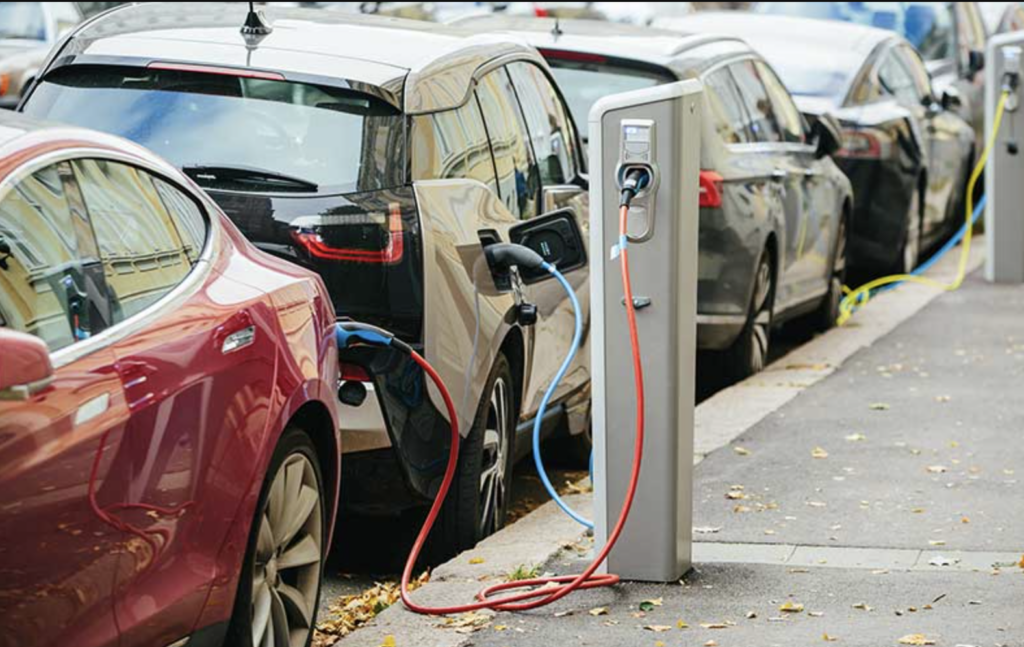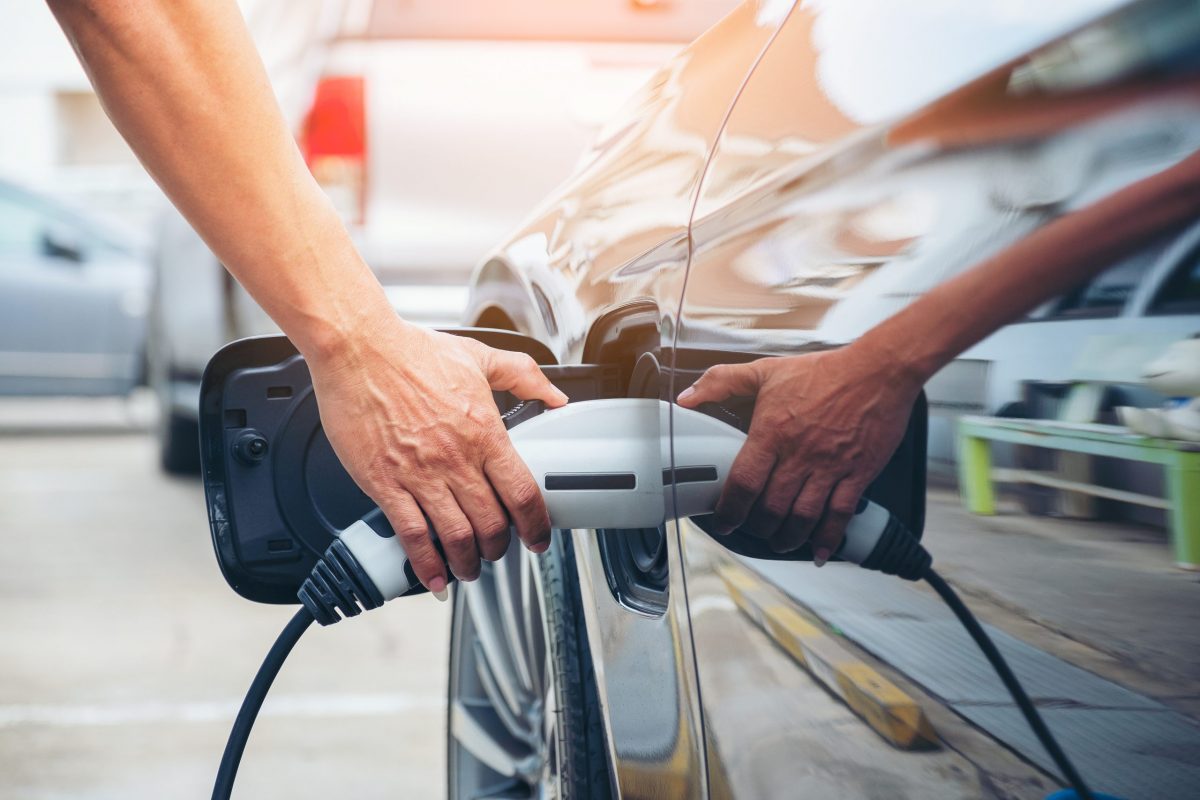The automotive industry is slowly but surely moving towards more electrification. Global electric vehicle (EV) sales rose by 80% in 2021 but the segment still accounted for only 7.2% of global car sales for the year. Internal combustion engine (ICE) cars could become history in the next decade. In fact, the UK government has decided to ban the sale of new gasoline and diesel cars from 2030, with hybrid vehicles following in 2035. The hope is that this will help the UK achieve its climate targets, including the tracking of greenhouse gas emissions to net zero by 2050. More than 40 countries have pledged to phased out ICE vehicles by 2050.
While the idea is noble, achieving it is a whole different ball game. Ensuring that a robust EV-charging network is in place is just one part of the equation. The entire e-mobility ecosystem has to be set up and made available to the vehicles. For the energy and utility companies, this transition is a huge business opportunity.
Mitigating grid overload risks
With more and more EVs arriving on the road, the charging infrastructure will also have to step up. The UK government planns to invest £1.3bn (US$1.57bn) in EV charging infrastructure, but just adding on new charging stations without rethinking how to manage the existing grid networks will be futile. With increase in EV adoption, there will be additional electricity load on the grids if the EVs are charged during peak hours (during daytime). Energy and power utilities should also be able to smartly predict when and where power would be needed. Transmission networks will definitely need modern investments and additional electricity generation resources. There is no point in having a grid that’s powered by fossil fuels and using that to charge EVs. Decarbonising the grid as much as possible is crucial to convince buyers to switch to EVs and achieving the UK’s net zero goals.
There is no point in having a grid that’s powered by fossil fuels and using that to charge EVs
Innovations in EV designs
Assuming the grid issues will take some time to get in order, what is possible right now is innovation in EV design. Making energy efficient EVs that can travel long distances on the lowest amount of power is one way. The other technology worth considering is regenerative braking: as the vehicle slows down, its kinetic energy is converted to a form that can be stored and reused. Another innovation is designing EVs that support bi-directional charging, where energy stored in an EV can be used as V2G (vehicle to grid) or V2H (vehicle to home) charging. V2G can help balance and settle local, regional or national energy needs using smart charging. Parked EVs for instance, could be perfect for these initiatives.
Uniform experience
Energy and utility companies will have to provide enough charging points for their residential and commercial customers with different charging options. Customers will primarily want to charge their cars at home or workplace; however, there is a growing demand for charging at other sites. The payment experience should be smooth irrespective of where a customer is charging their vehicle.

Smart energy management systems
Infosys is one company helping energy utility, manufacturing and logistics companies realise the benefits of smart energy management systems. These firms use the technology provided to optimise different components in order to reduce the capacity from the grid networks and make it as efficient as possible.
For example, the MS Dynamics platform provides a seamless experience for customer onboarding and mature contract management capabilities. Additionally, it allows for nuances of government grants and end to end lifecycle management. Infosys believes that the platform will lay the foundation for implementing future capabilities and any regulation changes as and when e-mobility becomes mainstream with more and more stakeholders involved into the ecosystem
Netherlands success story
In the Netherlands, Infosys is also working with Essent to make widespread EV rollout a reality. In Amsterdam, near the Schiphol Airport is the City Logistics Innovation Campus where fossil-fuel based trucks unload all their material onto electric trucks, which then make their way to the city. The aim is to work towards the goal of not having any fossil fuel vehicles within Amsterdam city limits. To ensure the electricity load is balanced, Essent is working with Infosys to optimise the digital layer with the grid infrastructure using smart energy management systems. Using the various data points that come up in the delicate game of balancing energy, Infosys is also predicting future energy models. This is further enhanced by deploying artificial intelligence, machine learning and use of IoT devices. With the added layer of 5G, the partners hope to create a new digitised energy network.
About the author: Ashiss Kumar Dash is Executive Vice President, Industry Head for services, Utilities, Resources, Energy at Infosys. Pl



